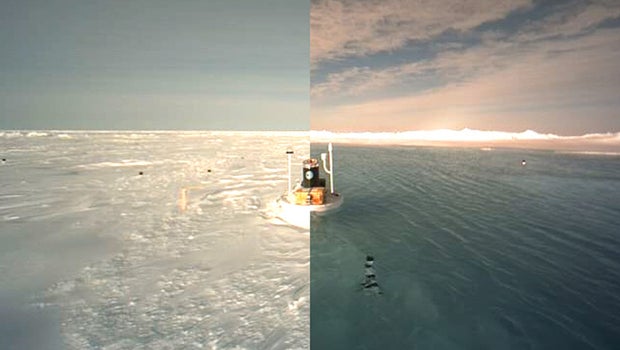

These ten centers are the National Hurricane Center (NHC) and the Central Pacific Hurricane Center (CPHC), Japan Meteorological Agency (JMA), Indian Meteorological Department (IMD), Météo-France (MFR), Indonesia's Meteorology, Climatology, and Geophysical Agency (BMKG), the Australian Bureau of Meteorology (BoM), Papua New Guinea's National Weather Service (PNGNWS), the Fiji Meteorological Service (FMS), and New Zealand's MetService. Tropical cyclones are primarily monitored by ten warning centers across the world, which are designated as a Regional Specialized Meteorological Center (RSMC) or a Tropical Cyclone Warning Center (TCWC) by the World Meteorological Organization (WMO). Two Category 5 tropical cyclones have formed so far during 2022. The deadliest tropical cyclone so far was Tropical Storm Megi, which caused 214 fatalities in the Philippines (excluding 132 others rendered missing), while the costliest so far was Hurricane Ian, which had an estimated damage total of at least $67.2 billion (2022 USD) after affecting Trinidad and Tobago, Venezuela, Colombia, the western part of the Greater Antilles and Southeast United States. The strongest storm so far has been Typhoon Nanmadol, with maximum 10-minute sustained wind speeds of 195 km/h (120 mph) and a minimum pressure of 910 hPa (26.87 inHg). So far, one hundred ten systems have formed, of which seventy-one were named. Tropical cyclones will be named by various weather agencies when they attain maximum sustained winds of 35 knots (65 km/h 40 mph). In 2022, tropical cyclones have formed in seven major bodies of water, commonly known as tropical cyclone basins. Among them, Nanmadol (third row, second from left) was the most intense with 1-minute sustained winds of 250 kph (155 mph) and a minimum pressure of 910 hPa. Satellites photos of the 16 tropical cyclones worldwide that have reached at least Category 3 on the Saffir–Simpson scale during 2022, from Batsirai (upper left) in February to Orlene (lower left) in October.


 0 kommentar(er)
0 kommentar(er)
